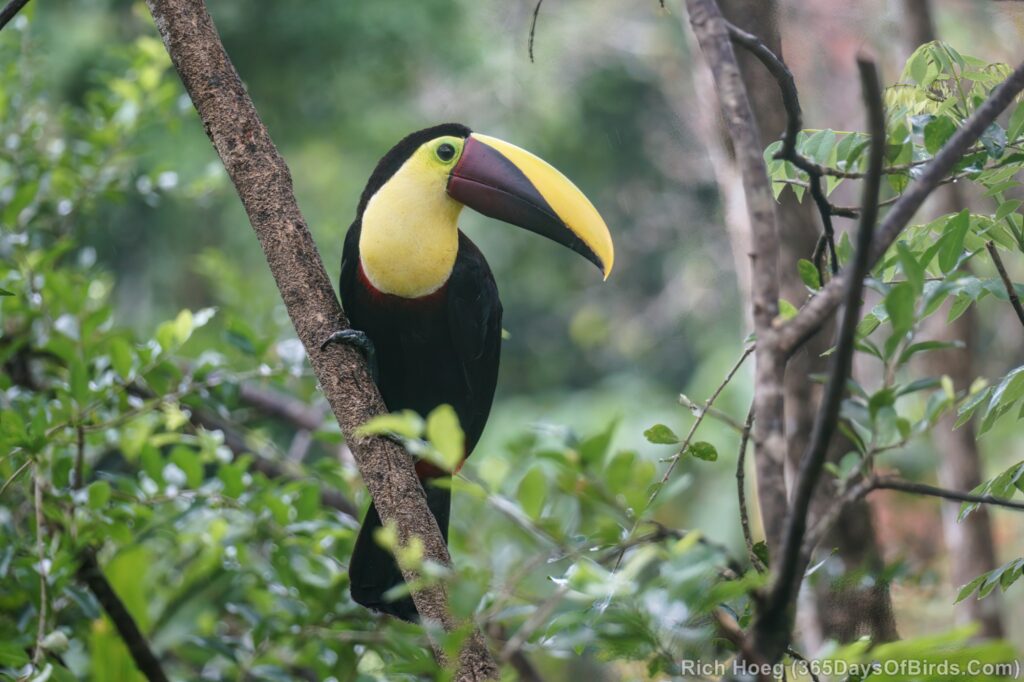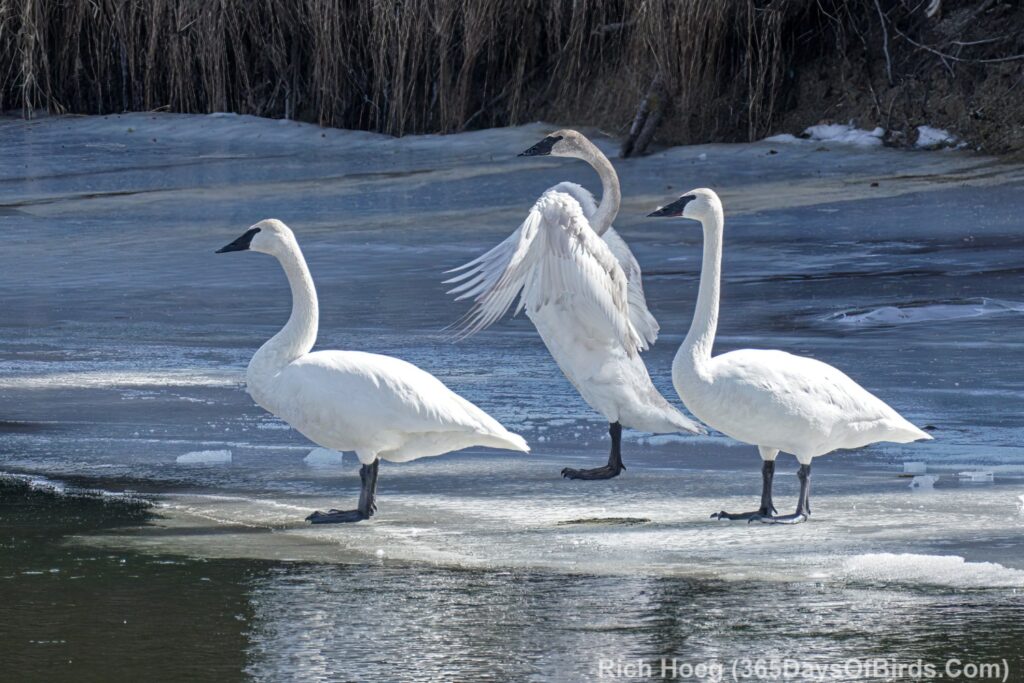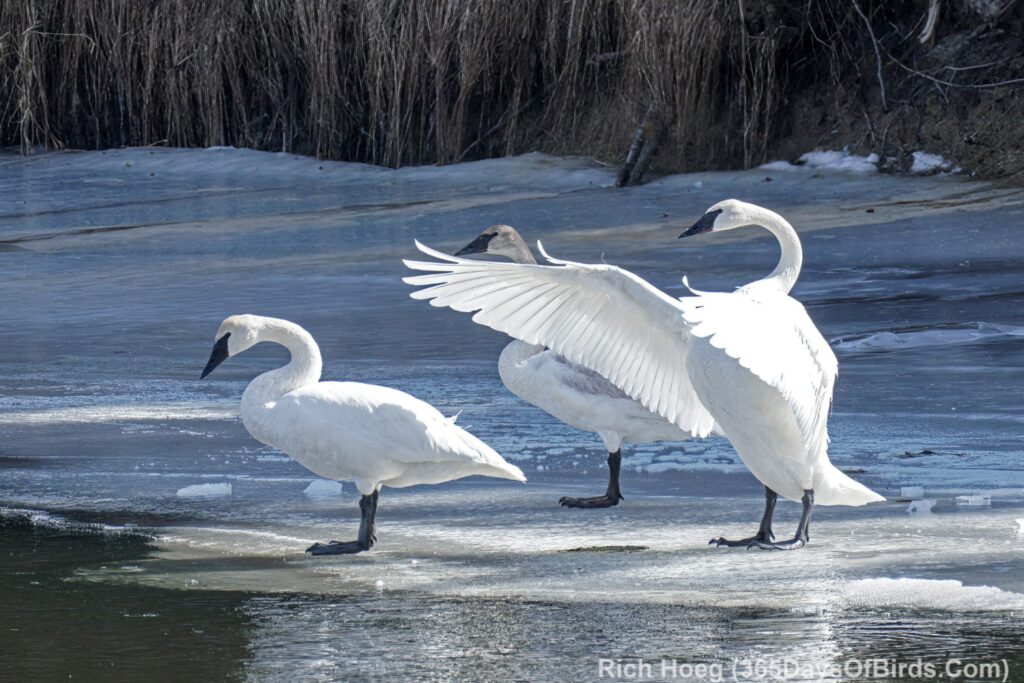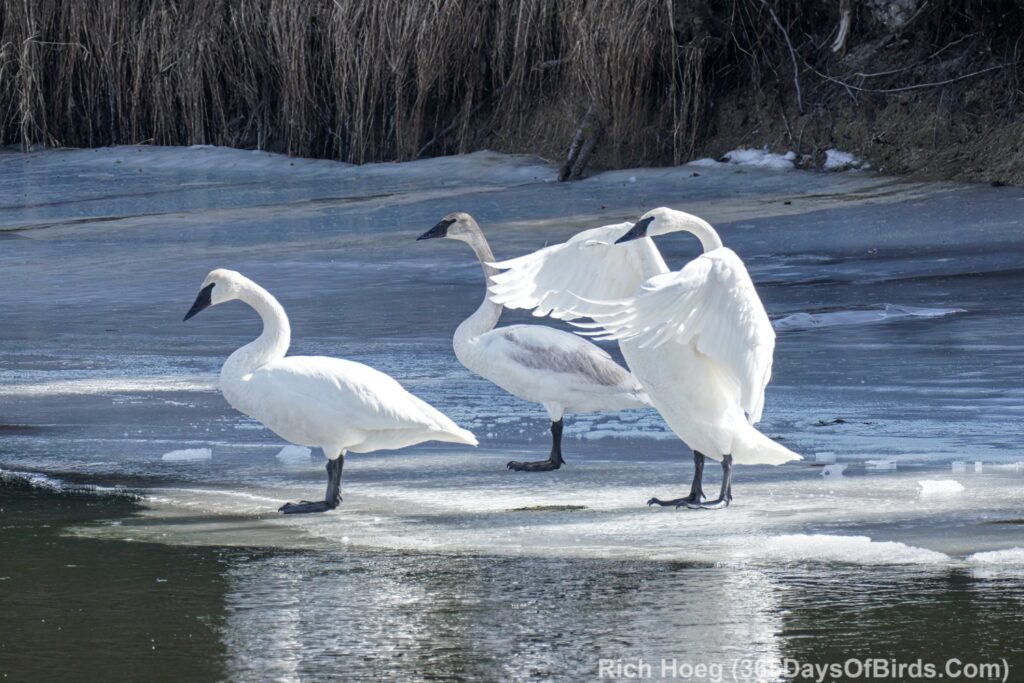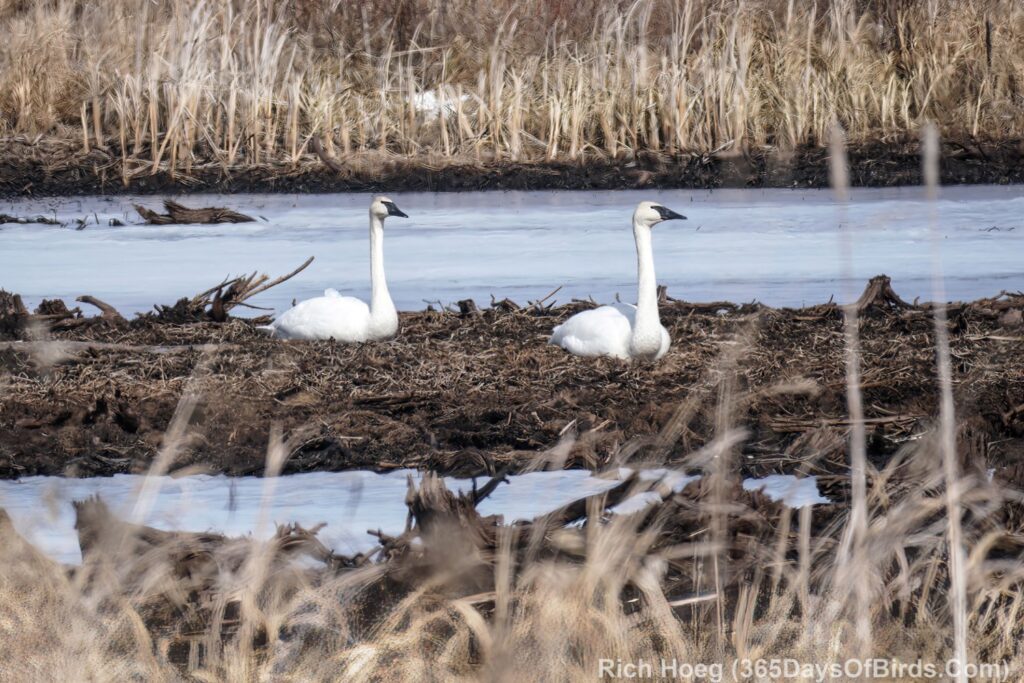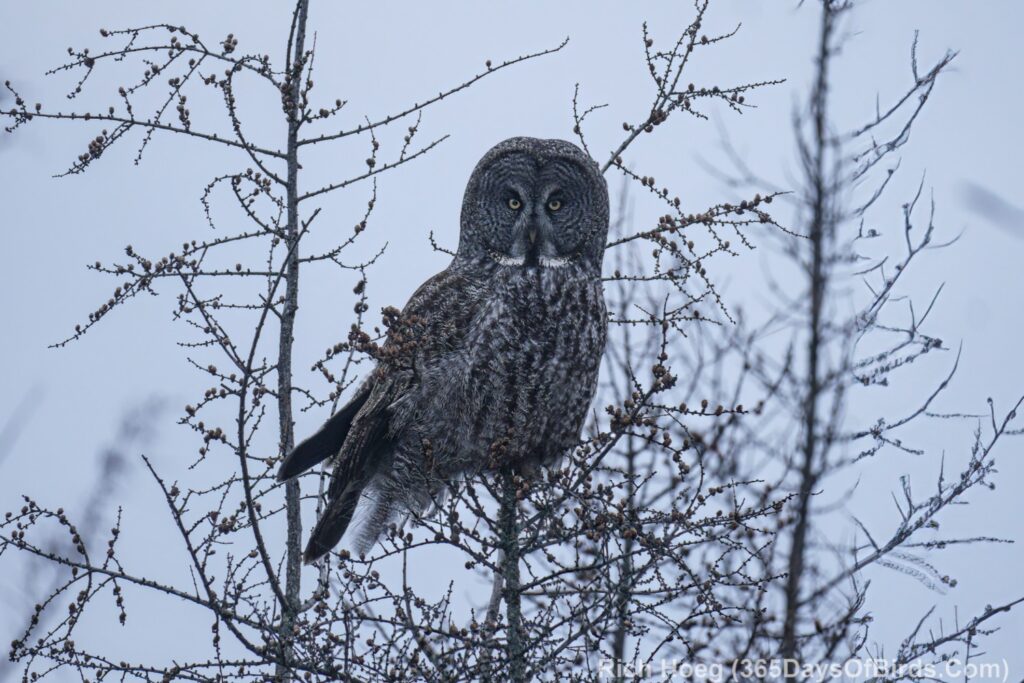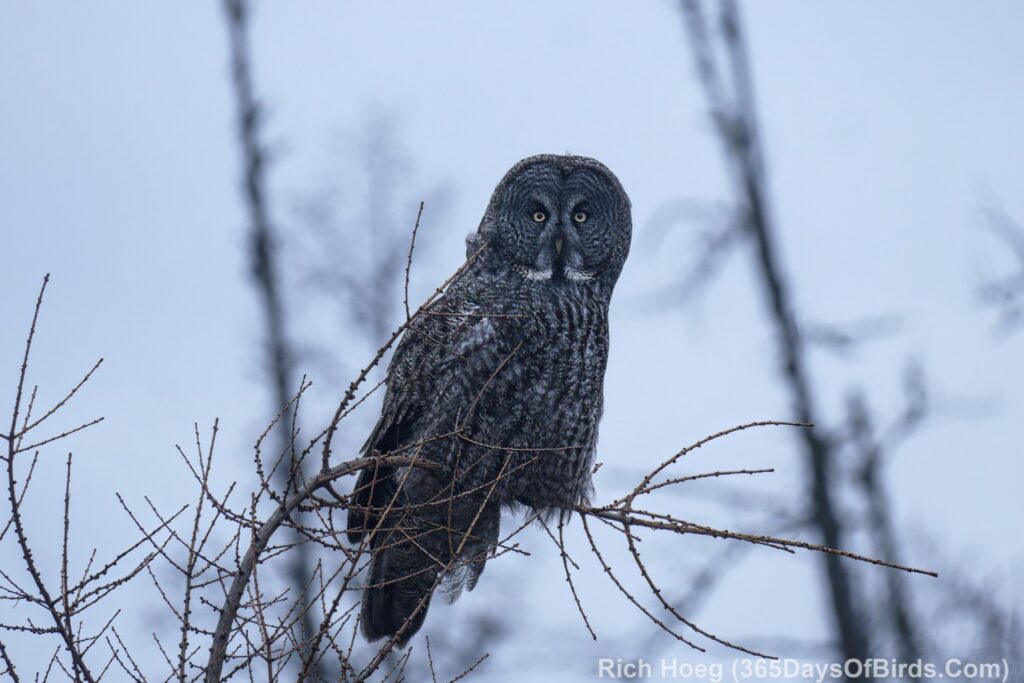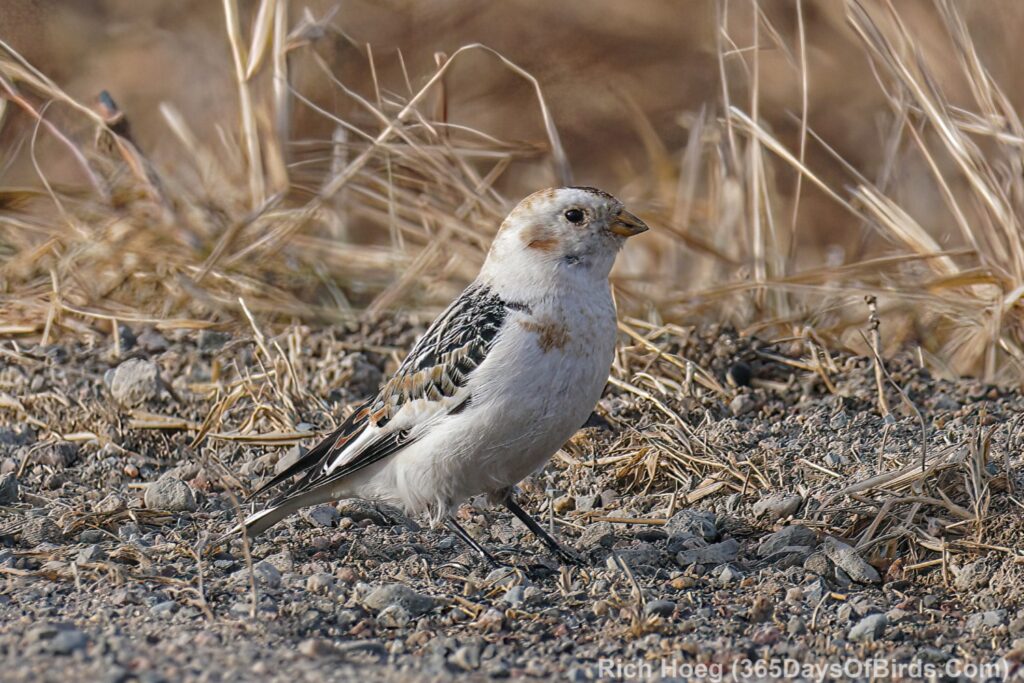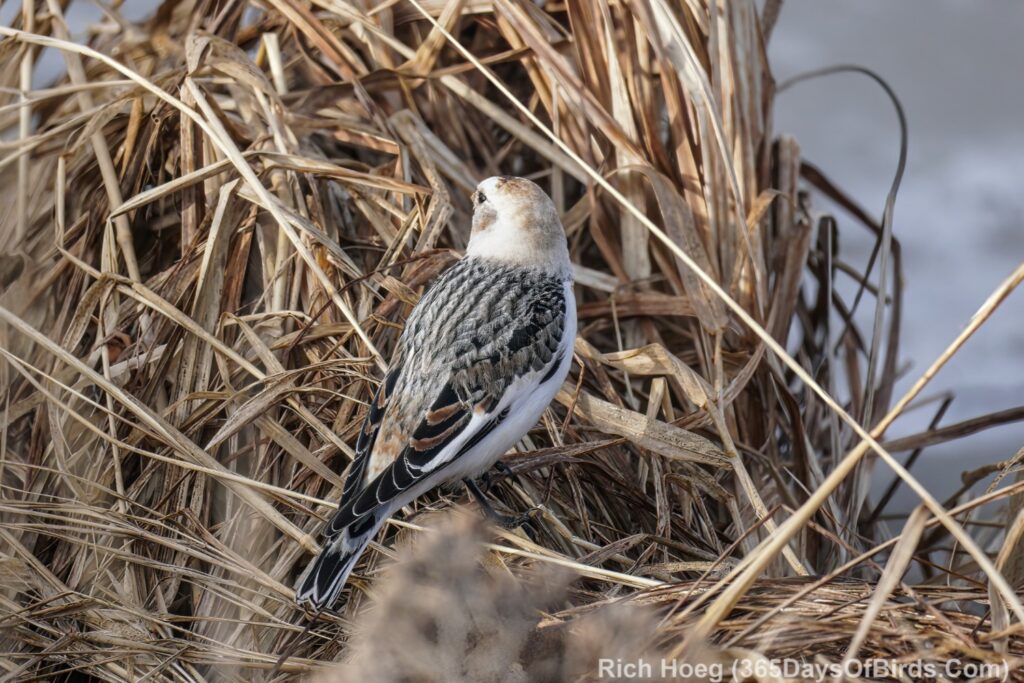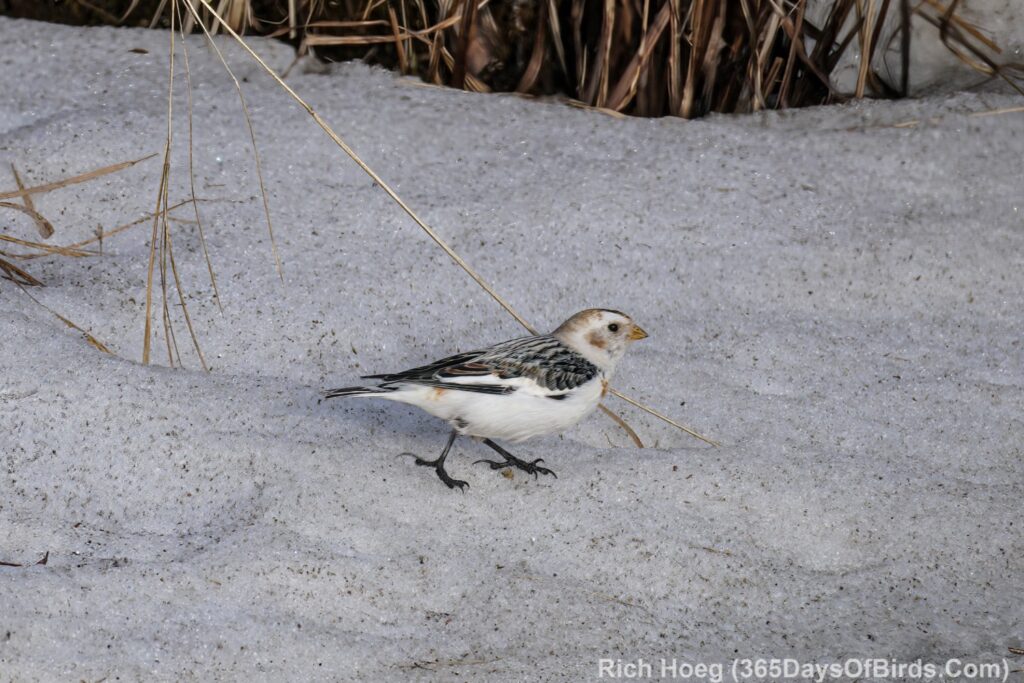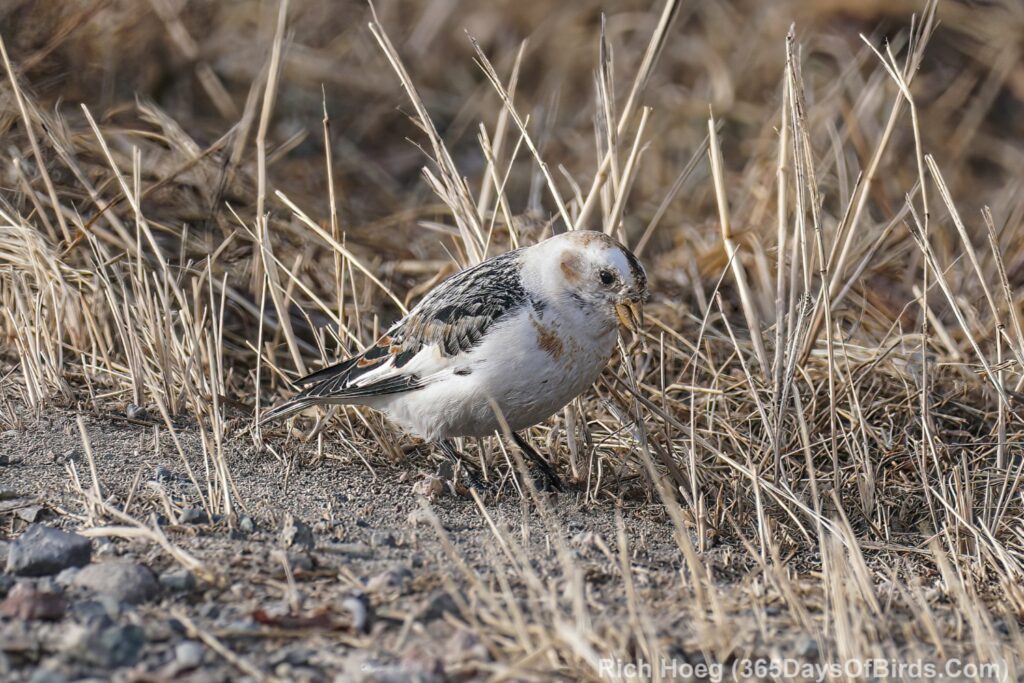If you want luxury, La Carolina Lodge which is up in the Costa Rican Rain Forest, is the wrong place for you. Molly and I arrived last night in time for supper, and then the evening song as the forest creatures sung out as dark took over the area. Our room has very few modern conveniences … no TV … no air conditioning (mosquito nets and fans) … and very limited lighting. We do have a very private deck overlooking a mountain river. The lodge does have yoga and horseback riding, which we will not utilize.
This working farm which has both pastures and rain forest is a nature lover’s dream. All three meals come with our room with most food sourced from this farm. We will spend $900 for three nights. I don’t normally include prices, but I want folks to know what it costs to visit a real nice Eco Lodge.
Before breakfast I was in place near some bananas, and for two hours I enjoyed the morning bird feed. Quite often I was sitting in the rain, but I did not mind or care. At one point, this Yellow-Throated Toucan visited. It tarried within 10 to 30 yards of me for over 10 minutes. I saw lots of other cool birds this morning, but the Toucan was the real treat of the morning. Enjoy! (video links one and two for email subscribers)

